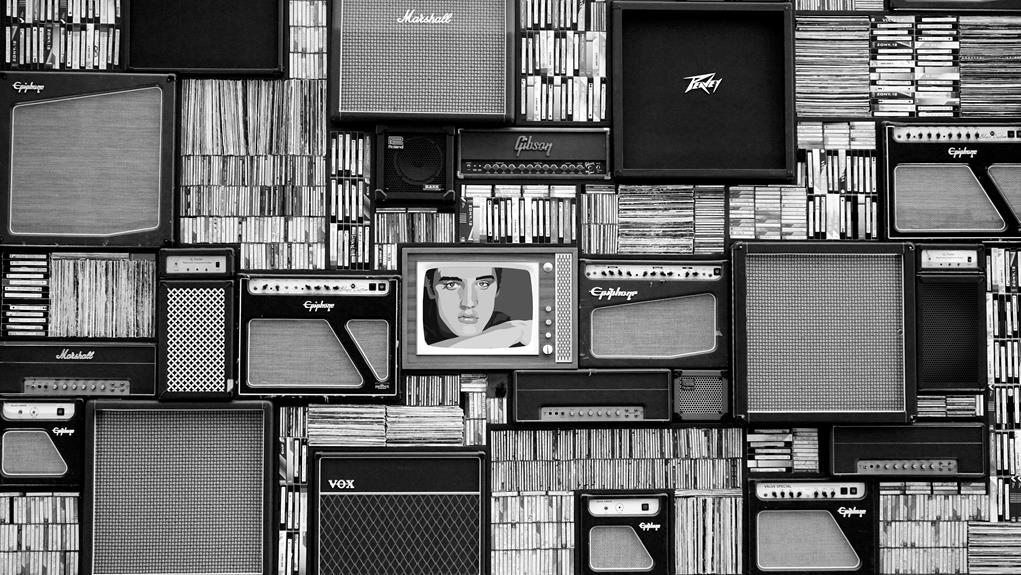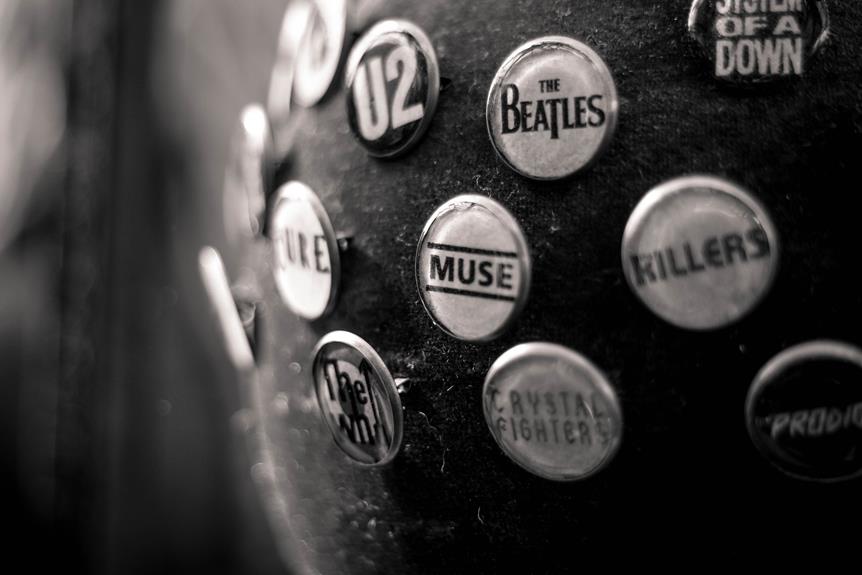Red light therapy (RLT) has emerged as a fascinating area of research within the fields of medicine and wellness, capturing the attention of both professionals and enthusiasts alike. Utilizing specific wavelengths of red and near-infrared light, this non-invasive treatment has been investigated for its potential to promote healing, reduce inflammation, and enhance overall skin health. As interest in alternative therapies grows, scientists are increasingly exploring the mechanisms behind RLT and its myriad applications, ranging from pain relief to improved skin conditions.
This article delves into the scientific principles underpinning red light therapy, examining the latest research findings and their implications for health and wellness. By understanding how this innovative approach works at the cellular level, we can better appreciate its potential benefits and identify the specific conditions that may respond favorably to treatment. Join us as we explore the compelling evidence surrounding RLT and its transformative promise in the realm of modern healthcare.
Understanding the Mechanism of Action
Red light therapy works primarily by stimulating the mitochondria in our cells, which are responsible for energy production. This stimulation enhances ATP (adenosine triphosphate) production, leading to increased cellular energy, and subsequently promoting healing and recovery processes. Studies suggest that RLT can influence various biochemical pathways, which may contribute to its anti-inflammatory effects and tissue regeneration capabilities. Researchers are particularly excited about the implications for conditions such as arthritis, tendon injuries, and even skin disorders, where inflammation plays a key role in the disease process. For those interested in the depth of research on these claims, a closer examination of the red light therapy scientific evidence is recommended.
Applications in Modern Healthcare
The applications of red light therapy extend beyond aesthetics; they hold promise for pain management, muscle recovery, and even mental health improvements. Athletes often use RLT for faster recovery from workouts and injuries, while clinicians explore its use in treating chronic pain syndromes. Furthermore, emerging studies suggest that RLT may play a role in mood enhancement and sleep quality, indicating its potential in holistic wellness approaches. As the body of scientific evidence grows, healthcare professionals are increasingly considering RLT as a complementary therapy, integrating it into broader treatment plans to enhance patient outcomes.
As red light therapy continues to gain traction, its diverse applications and underlying science invite both excitement and skepticism within the medical community. While preliminary studies yield promising results, it is essential to approach RLT with a critical eye, ensuring that conclusions are drawn from robust clinical trials and peer-reviewed research. The potential benefits—from pain relief and accelerated recovery to improvements in mood and sleep—are compelling, yet more extensive investigations are needed to fully understand its effects and optimal usage parameters. As advancements in technology and research methodologies evolve, there is hope that red light therapy will find its rightful place as a valuable tool in modern healthcare, paving the way for innovative treatment options that cater to a holistic understanding of health and healing. The journey into the depths of red light therapy’s efficacy is just beginning, and its integration into everyday health practices could very well change the landscape of medicine as we know it.

































































0